(£)
GBP (Default)
- ($) USD
- (€) EUR
- ($) AUD
- ($) CAD
- ($) NZD
15% off first order with code: 1storder
99%+ Quality Guaranteed
Pay by crypto get 10% discount
Shipping Protection
Fast Order Process
15% off first order with code: 1storder
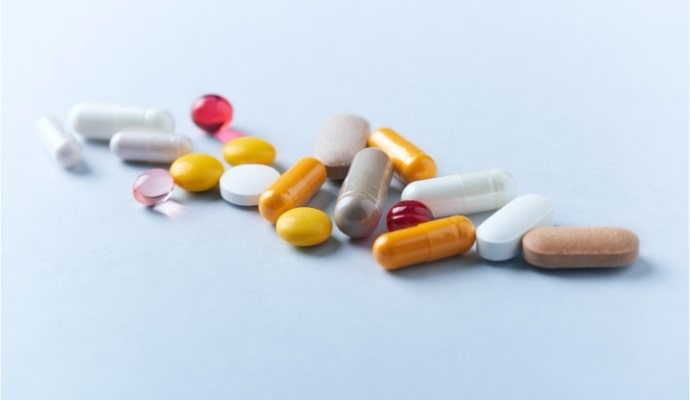
Few peptides are available to take orally but there is a very good reason for that. Lets have a look at the history of peptides and how they are evolving.
Since 1920, when insulin produced from the pancreas of pigs and cows revolutionised the way diabetes was treated, bioactive peptides have been employed in medicine. Only organic, extracted peptides were employed as medications at first. Progress in peptide synthesis allowed for the development of the first synthetic peptide medications, oxytocin and vasopressin, in the 1950s.
With the invention of solid-phase peptide synthesis in 1963, Merrifield revolutionised chemical synthesis. Almost all peptides are accessible quickly and reliably using this approach. The first recombinant medicinal peptides, like insulin, were released onto the market twenty years later when scientists discovered how to alter genes.
Cohen, Bloom, and Edwards saw a sharp increase in the use of peptide medications in 1999, but they could only recognise natural peptides. Finding novel peptides for a larger range of targets was made easier with the development of in vitro display techniques and advancements in sequence synthesis libraries. The pharmacokinetic characteristics of peptides were also the focus of intense research. All of these modifications led to an increase in the peptide market.
Today, a significant factor driving interest in peptide treatments is macrocyclic peptides. They can target protein-protein interactions (PPI) and other “undruggable” targets due to their distinctive size and large binding surface area.
Currently, the FDA has approved more than 80 peptides, and numerous others are undergoing human testing. Numerous illnesses, including cancer, endocrinology, metabolic, cardiovascular, and bone ailments, are treated using these peptides. Recent evaluations discuss peptide industry trends and approvals.
Improvements in peptide synthesis and a better success rate of peptide pharmaceuticals in clinical development have led to a continuous growth of 7.7% in approvals for the global peptide industry over the past few decades, strengthening this trend. Additionally, patients and the pharmaceutical industry are becoming increasingly accepting to medications like most peptides that cannot be administered orally.
Peptides struggle as therapeutic agents for a variety of reasons, most notably because of their unfavourable pharmacokinetic properties. Absorption, distribution, metabolism, and excretion, or ADME, is a term frequently used to describe the pharmacokinetic characteristics of a pharmacological ingredient. A drug molecule’s physicochemical characteristics and ADME behaviour determine its systemic and tissue/organ exposures.
The mechanism by which substances pass from the GI tract into the bloodstream after being eaten orally is difficult for peptides. A membrane can be made more permeable in two ways: through active transport and through para- and transcellular passive diffusion. For passive membrane permeability, a high lipophilicity is typically required.
According to Lipinksi, tiny compounds having molecular weights of 500 Da or less, five H-bond donors, ten H-bond acceptors, and logP values under five are more likely to cross membranes and be absorbed orally. The so-called “rule of five” is easily broken by peptides, making passive passage through a membrane unlikely.
In addition to low passive membrane permeability, a number of chemical and enzymatic barriers that form after oral consumption further reduce the oral bioavailability of peptides. A peptide may degrade chemically in the acidic environment of the stomach as well as enzymatically by digesting enzymes in the GI tract (such as pepsin, chymotrypsin, trypsin, and carboxypeptidase) and peptidases in the gut wall close to the border of the enterocyte brush.
Research has identified the following peptides can have a high oral bioavailability including:
Peptides taken orally may be broken down in the intestine by microorganisms. Notably, salivary enzymes play a minor function in the breakdown of peptides because they mostly consist of amylases and lipases. Despite efforts to develop gut-stable peptides, the mucosal gut membrane layer remains the primary barrier preventing oral availability of peptides. In addition, the high molecular weight and PSA of peptides prevent bloodstream diffusion, making parenteral administration of peptides the most preferred method of administration.
Peptides are largely found in the circulatory system, where they are distributed. Due to their large molecular weight and PSA, which inhibit passive transport through cell membranes, the majority of intracellular targets are excluded. The blood-brain barrier is one membrane that peptides cannot passively traverse (BBB). Antidiuretic hormone and thyrotropin-releasing hormone are two fascinating instances of peptides that can penetrate membranes and the BBB through a saturable transport mechanism. Additionally, peptide medicines have better tissue penetration than protein therapies.
The cost of large-scale peptide synthesis is around ten times higher than that of small-molecule synthesis, however advances in SPPS and peptide purification are steadily reducing this cost disparity. This is a more strategic disadvantage of peptides.
One of these developments is the “catch-and-release approach,” which only produces the appropriate peptide sequence with a free N-terminal amino group. It is used to synthesise linear peptides on a solid phase with a capping step after each coupling. Following peptide cleavage, a chemical linker that can be placed to a solid support is used to attach the free amino, quickly removing impurities and shortened sequences.
Pharma Lab Global is committed to developing peptide capsules using peptides with high oral bioavailability for when research commands an ingestible administration. View the full range of research peptide capsules here.
[1] Hamman JH, Enslin GM, Kotzé AF. Oral delivery of peptide drugs: barriers and developments. BioDrugs. 2005;19(3):165-77.
[2] Bruno BJ, Miller GD, Lim CS. Basics and recent advances in peptide and protein drug delivery. Ther Deliv. 2013 Nov;4(11):1443-67.
ALL PRODUCT INFORMATION AND ARTICLES ON THIS SITE ARE FOR EDUCATIONAL PURPOSES ONLY
DISCLAIMER: All products sold by Pharma Lab Global are for research and laboratory use only. These products are not designed for use or consumption by humans or animals. They are not to be classified as a drug, food, cosmetic, or medicinal product and must not be mislabelled or used as such. By purchasing from our Website the buyer accepts and acknowledges the risks involved with handling of these products. All articles and product information provided on this Website are for informational and educational purposes only. Handling and use of these products should be restricted to suitably qualified professionals
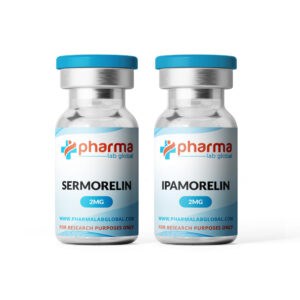
SALE
NEW
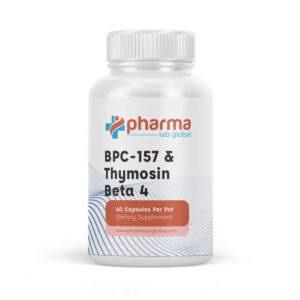
NEW
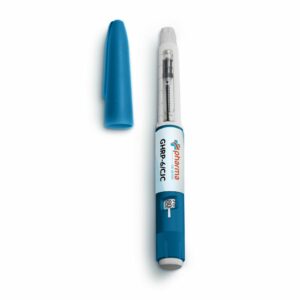
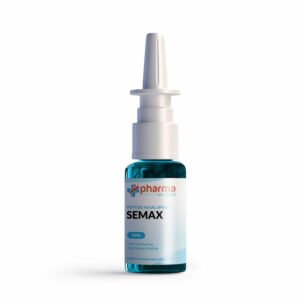
ALL PRODUCTS AVAILABLE ON THIS WEBSITE ARE FOR RESEARCH PURPOSES ONLY.
DISCLAIMER: All products on this site https://pharmalabglobal.com are exclusively for research and laboratory purposes only. The products on this site are not intended for use in humans or animals, nor are they designed to diagnose, treat, cure or prevent any illness. All information and content provided on our Pharma Lab Global website are purely for educational purposes. All products are to be handled by suitably qualified and properly trained research professionals only.
